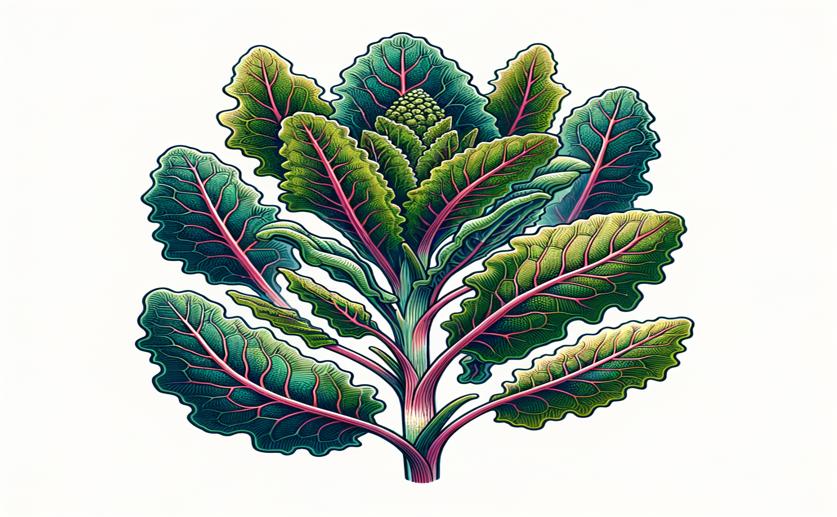
Exploring the Genetic Variety and Traits of Indian Kale
Greg Howard
30th April, 2024

Image Source: Natural Science News, 2024
Key Findings
- Study in Kashmir found rich genetic diversity in local kale, using DNA markers
- Researchers identified key factors affecting kale traits, aiding crop improvement
- Significant genetic links to leaf and seed yield traits were discovered
AgricultureGeneticsPlant Science
References
Main Study
1) Genetic diversity, population structure and marker-trait associations in Indian kale (Brassica oleracea L. gp. acephala) using cross-species microsatellite markers.
Published 30th April, 2024
https://doi.org/10.1016/j.heliyon.2024.e29521
Related Studies
2) Factors affecting the glucosinolate content of kale (Brassica oleracea acephala group).
Journal: Journal of agricultural and food chemistry, Issue: Vol 55, Issue 3, Feb 2007
3) A review on the dietary flavonoid kaempferol.
Journal: Mini reviews in medicinal chemistry, Issue: Vol 11, Issue 4, Apr 2011



 12th April, 2024 | Greg Howard
12th April, 2024 | Greg Howard